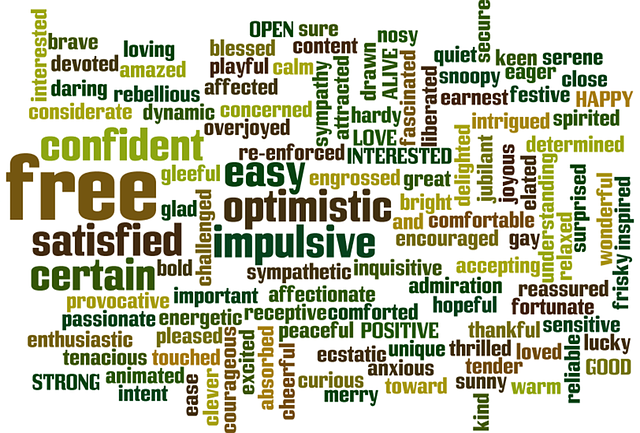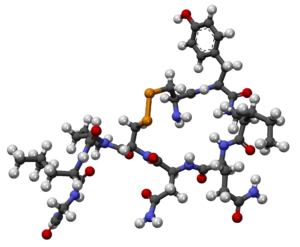| Ideas and Inspiration for Improving Book Talk and Book Reviews by Steve Peha ________________________________________________ |
Contents taken from original blog https://www.ttms.org/say_about_a_book/character_matters.htm

“Character Matters
When you were a little kid, maybe three or four years old, and your parents were reading you stories, you probably couldn’t help wanting to know what was going to happen next. If you’re like most kids, in fact, it was this incredible sense of anticipation that got you hooked on reading in the first place.
Little kids always want to know what’s going to happen next. And that’s a perfectly appropriate way for them to begin their lives as critical readers. But as soon as they begin to read novels, around 3rd grade for most, a persistent focus on the the plot may cause some young readers to miss out on the meaning.
To improve your critical reading abilities, an important lesson you need to learn is that stories are less about what happens and more about who they happen to. The reason we can become so interested in fictional characters is because they aren’t completely fictional. For a reader wrapped up in a story, they represent real people (sometimes ourselves) facing real problems in the real world. And this is exactly how you should try to experience them as you read.
Just like real human beings, characters are dealt a certain hand in life. Some hands are good ones, others aren’t. How characters play out their hands determines their fate. It is the experience of that fate, as strongly as we can feel it, that we follow as we read.
Every main character is challenged in some way. One way of looking at this challenge is to see it as a situation in which a character’s abilities and experience are insufficient to solve the problem at hand.
It is by engaging in these challenges, overcoming some, succumbing to others, that characters develop; they change as a result of what happens to them as they try to solve their problems and reach their goals. And it is this change, or set of changes, that often holds the key to unlocking a story’s meaning.
Character Analysis
Because thinking about characters is so important, I like to give students a simple framework to use when they start. This framework will guide you in looking at five different collections of human attributes (physical, intellectual, social, emotional, and philosophical) and provide you with some basic questions in each category to get you off to a good start.
Physical. What does the character look like? How do the character’s physical attributes play a role in the story? How does the character feel about his or her physical attributes? How does the character change physically during the story? How do these changes affect the character’s experience?
Intellectual. How would you describe this character’s intelligence? What does this character know? How does this character’s intellect compare to others in the story? Is this character smart enough to thrive in the world in which he or she lives? What does this character learn as the story develops?
Emotional. How does this character feel most of the time? How do his or her feelings change throughout the story? How does this character feel about himself or herself? When faced with challenges in the story, what emotions come up for this character?
Social. How does this character get along with other characters in the story? Who does this character choose for friends and why does this character choose them? Where does this character stand in the social order? How does this character’s social standing affect events in the story?
Philosophical. What does this character believe about the way life is? What are these beliefs based on? How do these beliefs affect the choices this character makes? How do those beliefs change throughout the story? Do others in the story share these beliefs?
Ultimately, the big question I hope you think about is this: What can we learn from this character about how to live in the world? Reading a story is, after all, like watching an experiment. Given a set of characters and circumstances, we sit back and watch the results unfold. The greatest value in fiction, it seems to me, lies in what we can learn about our own lives when we take time to analyze someone else’s — even if that someone else is just a character in a story.
Getting Started
Physical attributes are usually the easiest to start with. Don’t forget that a character’s age can also be considered a physical attribute. Often, this has a large impact on how a character experiences their life. In each of the five areas, it’s often interesting to compare how characters see themselves in contrast to the way other characters see them.”








